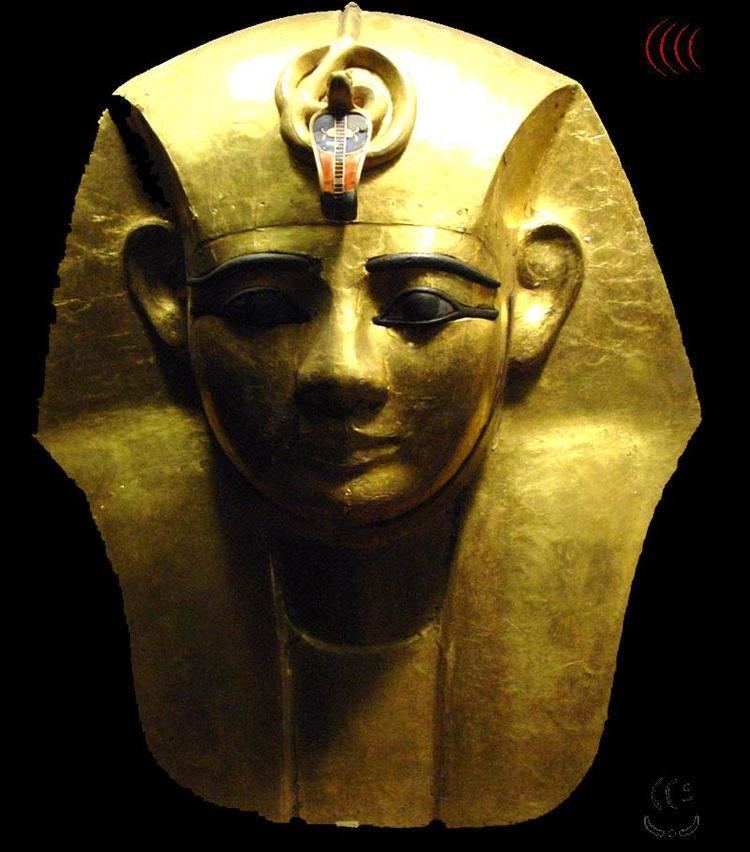 | ||
by
Damien F. Mackey
With “Shishak” properly identified by Dr. I. Velikovsky … with Thutmose III,
the mighty pharaoh of Egypt’s Eighteenth Dynasty … then pharaoh Shoshenq I
must needs be lifted right out of the C10th BC and located some centuries later.
Conventional dates for Smendes, considered to have been the first ruler of the 21st Dynasty, are c. 1069-1043 BC.
Conventional dates for Shoshenq I, considered to have been the first ruler of the 22nd Dynasty, are c. 945-924 BC.
In terms of biblical chronology, Smendes would probably have been a younger contemporary of Samuel; whilst Shoshenq I has famously been identified (e.g. by Jean François Champollion) as the biblical “Shishak king of Egypt” at the time of King Rehoboam (I Kings 4:25-26).
However, I have – along with other revisionists – rejected Champollion’s view of Shoshenq I as “Shishak”:
Shoshenq I.
A (i): Who Shoshenq I was not
With “Shishak” properly identified by Dr. I. Velikovsky (as I believe) with Thutmose III, the mighty pharaoh of Egypt’s Eighteenth Dynasty:
Thutmose III best candidate for “Shishak”
then pharaoh Shoshenq I must needs be lifted right out of the C10th BC and located some centuries later.
So significant a chronological shift must also impact upon Smendes who would also need to be lowered down the time scale.
But then we start to get that awful crush of Third Intermediate Period (TIP) dynasties, 21-25, with which revisionists have to contend.
The Third Intermediate Period usually refers to the time in Ancient Egypt from the death of Pharaoh Ramesses XI (reign 1107–1078/77 BC) during the Twentieth Dynasty to the foundation of the Twenty-Sixth Dynasty by Psamtik I in 664 BC, following the expulsion of the Nubian rulers of the Twenty-Fifth Dynasty.
Smendes, apart from being considered as the founder of the 21st dynasty, is also thought to have been the first ruler of TIP.
A possible solution to early TIP would be to identify Smendes with Shoshenq I of supposedly a century later.
That there was a degree of similarity between Smendes and Shoshenq I is apparent from this quote from N. Grimal (A History of Ancient Egypt, Blackwell 1994, p. 332): “Shoshenq I immediately sought to prove that his claim to the throne went back to the preceding dynasty, and did so by adopting a set of titles based on those of Smendes I”.
Names shared: Meryre; Sekhempehti; Hedjkheperre-setpenre
Similarity can – but does not always – mean identity.
However, it is at least worth considering that Smendes and Shoshenq I were one and the same, with the possibility of aligning dynasty 21 with 22 to overcome at least some of the dynastic crushing of TIP.
No comments:
Post a Comment